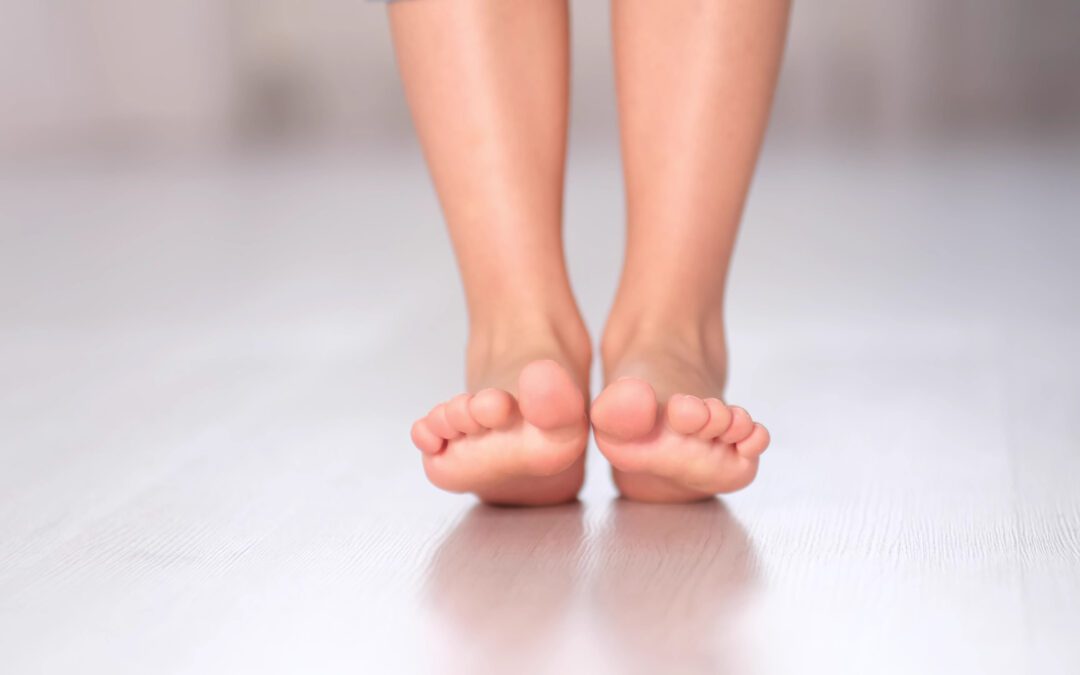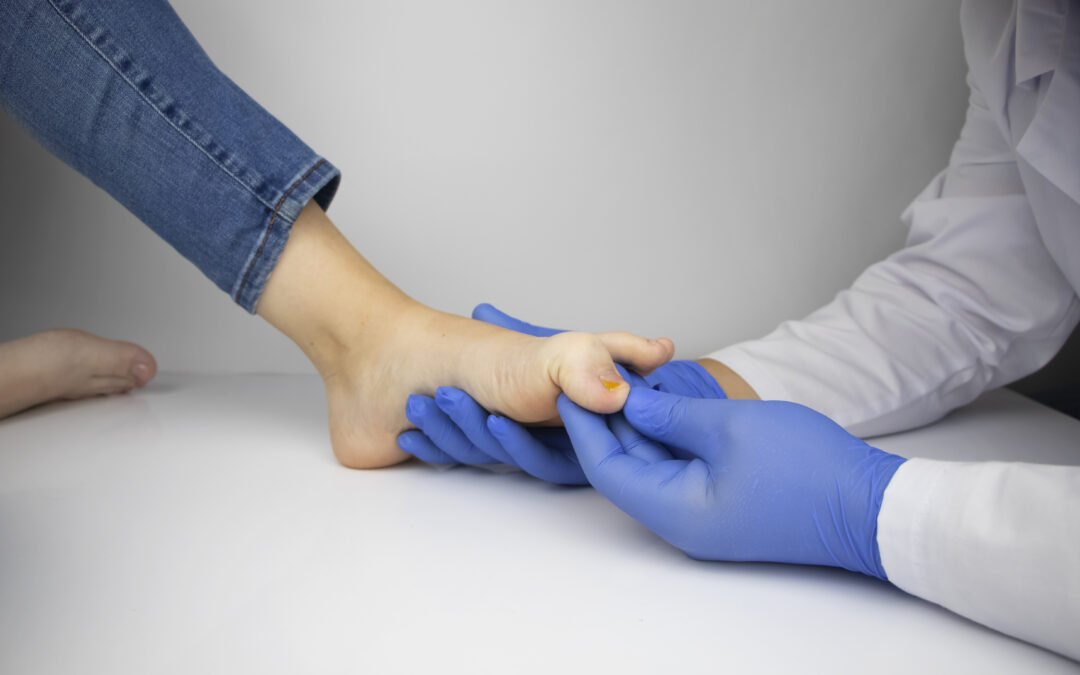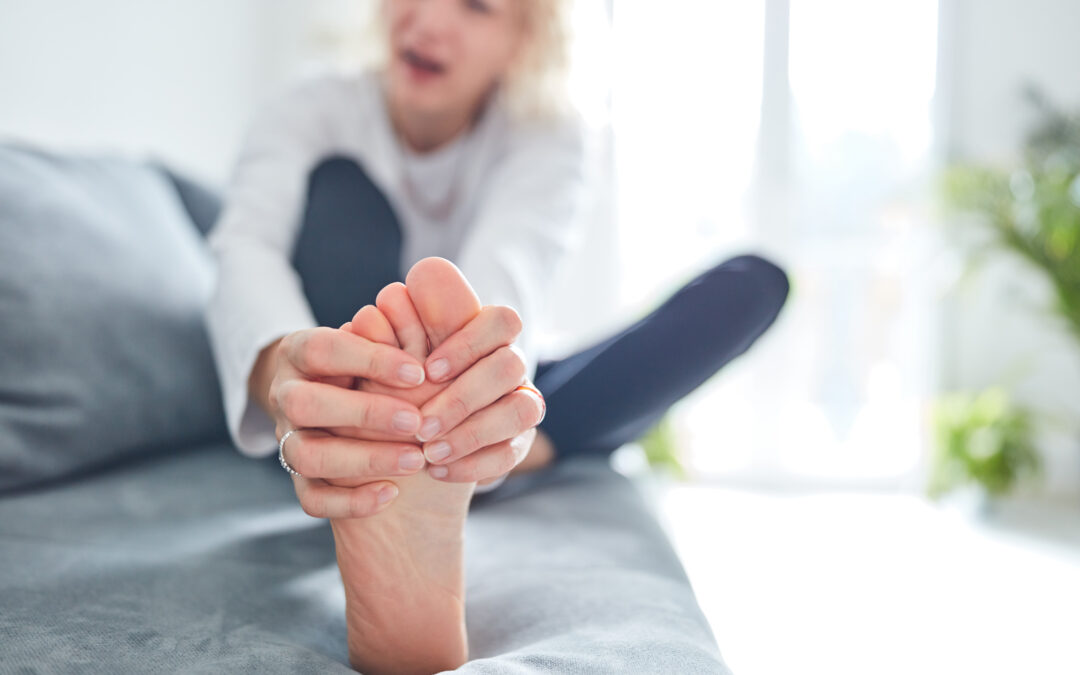A hammer toe (or claw toe) is the bending of the toe at the joint which occurs when a muscle imbalance in the toe causes increased pressure on the joint. You can fix hammer toes in the following ways:
- Padding and taping the area to minimize stress and pain
- Medication such as anti-inflammatory drugs or cortisone injections
- Orthotic devices to control foot function and attempt prevention of worsening of the hammer toe
- Surgical procedures to remove the bony prominence and restore alignment of the joint. Severe hammer toes require more complex procedures.
The best treatment will depend on the condition of the patient. If you think you may be developing hammer toes, the best thing to do is to closely follow methods of hammer toe prevention. Consult one of our podiatrists at Podiatry Associates before deciding on any treatment.
Do Hammer Toes Get Worse?
Unfortunately, hammer toes do not go away on their own and they most often get worse over time if not properly treated. How fast the hammer toe condition will worsen really depends on the particular case. The best way to find out the severity of your hammer toes is to speak to one of our podiatrists in Baltimore and the surrounding areas.
You can schedule an evaluation of your hammer toes at Podiatry Associates with one of our many foot and ankle specialists by calling (833) 500-FEET or contacting us.
What is the Recovery Time for Hammer Toe Surgery?
After you’ve had hammer toe surgery in Baltimore, or your local Podiatry Associates office, the recovery time (for a healthy adult) is about 6 weeks. The time it takes to return to normal shoe wear and normal activities does depend on how serious the condition was before the surgery and can vary from 2 weeks to 3 months.
How to Fix Hammer Toes Without Surgery?
If you’re wondering how to treat hammer toes without surgery, the treatment options vary depending on the type and severity of the hammer toe.
Your podiatrist can recommend the appropriate line of treatment upon examination of the affected area. Recommendations for non-surgical hammer toe treatment could consist of:
- Padding and taping the area to minimize stress and pain (toe splints could also be used)
- Medication such as anti-inflammatory drugs or cortisone injections
- Orthotics or arch support devices to control foot function and attempt prevention (or attempt to slow worsening of the hammer toe)
- Supportive shoes with a wider toe box
- Modify your lifestyle or eliminate activities that cause aggravation
- Physical therapy or ultrasound techniques to strengthen the foot and toe muscles
If you need hammer toe treatment in Baltimore and the surrounding area or have any questions about the treatments described above, check out our Podiatry Associates locations and find a podiatrist near you. Feel free to call our scheduling office to discuss your specific situation: (833) 500-FEET.
Time to See a Podiatrist?
If you have any of the issues described above, it’s time to consult an expert. Connect with Podiatry Associates for an evaluation. All of our doctors are board certified/qualified and we’re dedicated to preserving your foot health.
Other Related Articles:
- A Guide for Bunions
- Can a Podiatrist Perform Surgery? What Types?
- When to See A Podiatrist
- Everything You Need to Know About a Podiatrist
- 11 Things Every Patient Should Know About Foot Surgery
- What are the Misconceptions About Ingrown Toenails?
- When Should You Go to the Doctor for an Ingrown Toenail?





